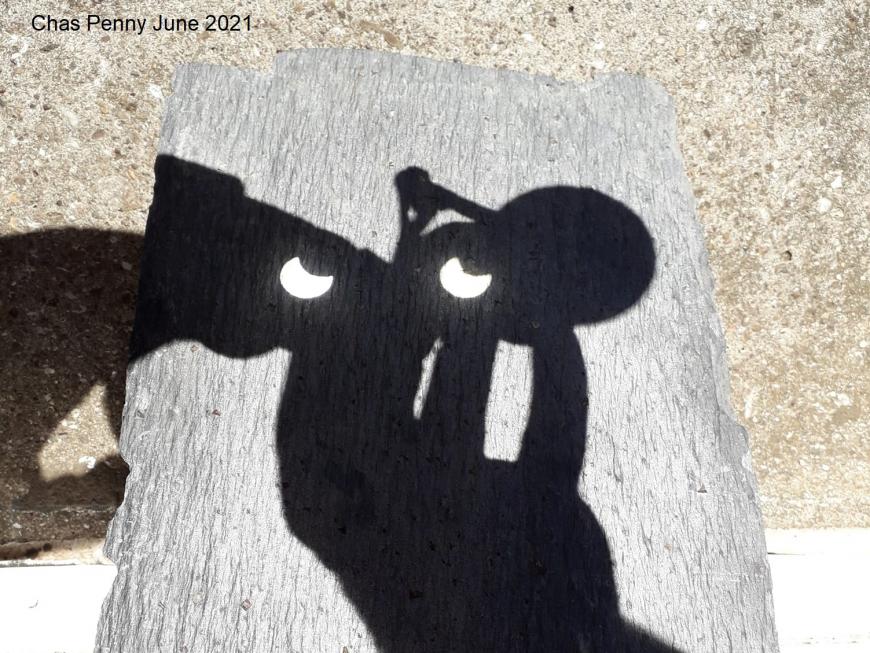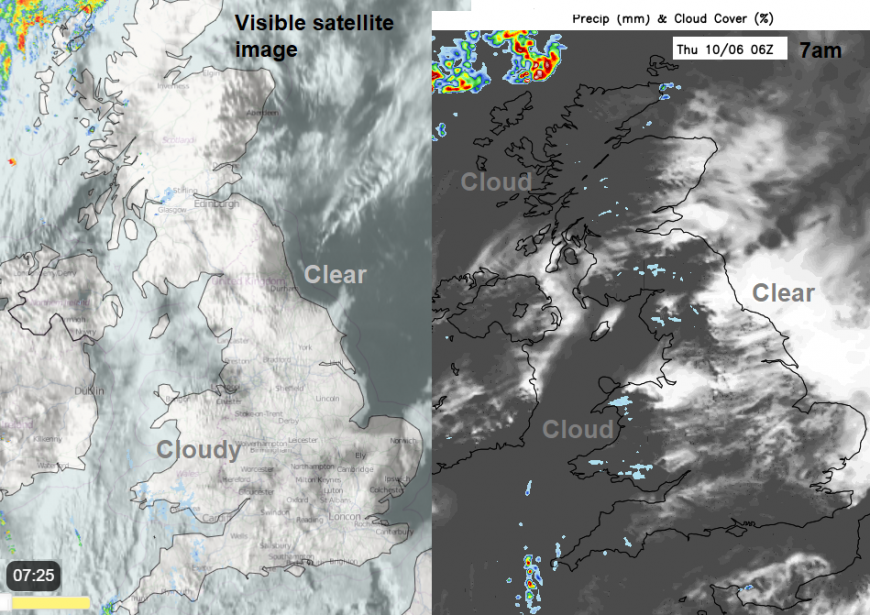
The northern hemisphere will see a solar eclipse on Thursday 10th June 2021 with the UK seeing a partial eclipse. For those who still have their eclipse glasses somewhere, you might want to find them soon. The full eclipse path moves from Canada, through the Arctic circle passing Greenland to Siberia. An eclipse happens when the Moon passes straight between the Earth and the Sun.

This is not a total eclipse, where all of the sunlight is blocked briefly and the birds stop singing, only the Corona is visible and it is noticeably darker. This is an annular eclipse, and a band of light remains visible throughout, although there is an eerie lesser light. This is known as the ‘Ring of Fire’. This happens because the moon is further away from the earth in its orbit and so appears smaller. It doesn’t block all of the light unlike total solar eclipses when the moon is closer to the earth and the entirety of the sun’s disk is covered.
The ring of fire, the annular solar eclipse will be visible over Canada and through the Arctic Circle. A partial solar eclipse will also be visible in other parts of the northern hemisphere. Here the Sun, Moon and Earth are not quite lined up and so a darkened shadow of the Moon only appears on part of the Sun’s surface.
No one should be looking at the sun with bare eyes or normal sunglasses. But this partial and very bright situation can cause eye damage. If you do have eclipse glasses, check them beforehand, that there aren’t any scratches. You can make a solar projector with a pinhole to watch the indirect light on the floor or a wall.
When and where
In the UK we will only see a partial solar eclipse with a crescent shadow appearing on the sun, where there are clear skies and little cloud. You will need to look to the southeast late morning with your safety filter. The point of greatest eclipse is around 11:10-11:20am BST with the eclipse starting to be visible in the UK soon after 10am and ending after midday.
The amount of the sun that will be obscured varies north to south across the UK. Southeast Britain will see about 20% of the sun’s disc obscured and for the Scottish Islands, around 37%.

7 o'clock visible satellite view on the Netweather Radar shows a lot of low cloud over the UK. Satellite image cloud (white) and clearer skies (darker areas). Compared to the model forecast chart which has less cloud.
And the weather?
It's mixed, the warm but humid SW flow brings with it a lot of cloud, a tropical maritime airmass. There is high pressure over southern Britain extending down to the Azores. A low pressure south of Iceland is extending its weather fronts towards the UK. The change from high to low includes cloud and patchy rain with blustery winds towards the NW and more fine, settled weather for the south and east. In the forecast images below, the dark areas are cloud, at all levels. The blue is patchy rain and brighter colours, heavier frontal rain. The white areas show clear skies and so sunshine.

The forecast chart for 11am, just before our peak view and the wind flow which will allow more breaks to form in the cloud to the lee of high ground.
The day will start off quite grey but the cloud inland and particularly over eastern and SE Britain will thin and break and there will be sunshine with clear spells. Closer to the front in the far NW the cloud remains.
So, if you do want to have a look on Thursday morning, remember to look to the SE with your suitable filter and before midday is the peak of this partial solar eclipse. The shadow will be from the top to NW of the sun’s disc
Warning: It is not safe to look directly at the sun, or point optical equipment, such as cameras, binoculars and telescopes at it. Even when partially eclipsed, eyes and equipment can be damaged instantly. Specially made filters and glasses are available, through which you can safely observe and photograph the sun, but these must be checked carefully first, to ensure they are not scratched or damaged. UK Space Agency
The Royal Museums Greenwich are streaming it live on Thursday morning from the Royal Observatory. Worth a look online, if you do have too much cloud.
Loading recent activity...